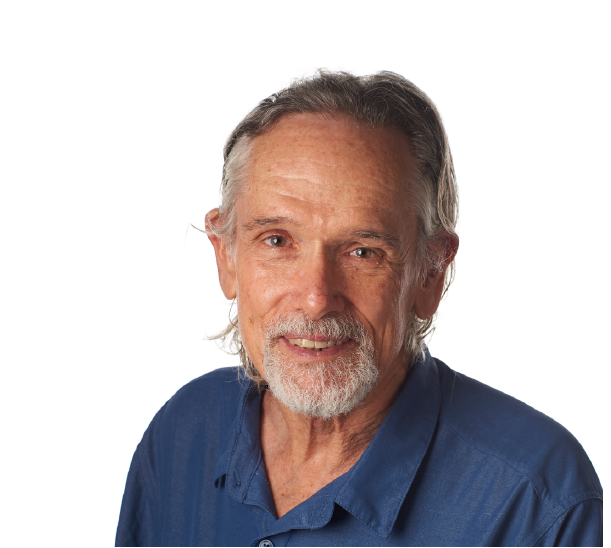Steve Jones
Steve Jones
Interviewed on September 27, 2022 over Zoom
Recorded by Corinne Beaugard
Listen to the full recording of the interview:
Listen to selected excerpts of the interview:
Summary: Steve began his work in harm reduction working for the Centers for Disease Control and Prevention (CDC) doing HIV testing in methadone clinics in the late 1980s. There was little interest among his peers to take this post, and so Steve nominated himself. He reflects that his comfort stepping into the world of addiction treatment was likely impacted by his father’s alcohol addiction and Steve’s understanding that addiction is a part of the human experience. When he started his work at the CDC, it was clear how injection drug use and HIV compounded each other – there was a much higher prevalence of HIV amongst people who injected drugs. He also explained that on the national level, there were much higher rates of HIV on the East Coast in this population, and he speculated that the composition of heroin could have factored into this difference.
Steve’s mission was to improve best practices for safe injection and shift policies to permit evidence-based practices. Bleaching syringes was the was the common “best practice” at the time, but Steve wanted people to realize how ineffective this was compared to using new syringes. He described it to students with the analogy of vaccination- would they rather be vaccinated with bleached syringes or with new syringes?
Steve worked to decriminalize the possession of syringes and to get syringe access in pharmacies without a prescription. Steve worked directly with pharmacists to destigmatize syringes and try to shift the perspectives and culture around syringes. Despite the eventual policy success, pharmacists were still ultimately able to provide syringes at their discretion, meaning they would sometimes refuse to provide syringes to people who may be using them for injection drug use despite the change in policy. In his role at the CDC, Steve helped fund research that worked to both promote using new syringes with each injection instead of bleach as well as track the number of syringes that were needed and distributed as syringe exchanges and pharmacy distribution expanded.
When he retired from the CDC, Steve moved to Western MA in the early 2000s, he focused his work on advocating for and supporting the expansion of syringe access programs in Western MA. While working to establish a syringe access program in Holyoke with Tapestry Health, the Holyoke city council shut down the opening of this program despite the prior approval of the Holyoke Board of Health. Steve recalls how Tim Purington, a former Holyoke City Councilor in Holyoke, worked with Massachusetts Medical Society and state government to add a line in an upcoming bill that Boards of Health had the authority to approve a syringe exchange program. This small addition to a bill removed the city council’s authority to prohibit syringe exchanges. This policy changed had enormous benefit for the state, because it shifted the power to set up exchanges from “civilians” to public health officials. While policy changes mitigated systemic barriers to harm reduction and treatment services, Steve was clear that addiction stigma is a continual barrier. Recently the American Medical Association redacted their support of the expansion of methadone access outside of Opioid Treatment Programs (OTPs) to fall in line with the American Society of Addiction Medicine.
In the past 15-20 years, the number of syringe access programs in MA have expanded from four to between 30-40. However, these strides are also due to the heightened response to overdose deaths among white families. This disproportionate response highlights that while many positive strides have been made, much work is left to be done.
Interviewer: Corinne Beaugard
Interview language: English
